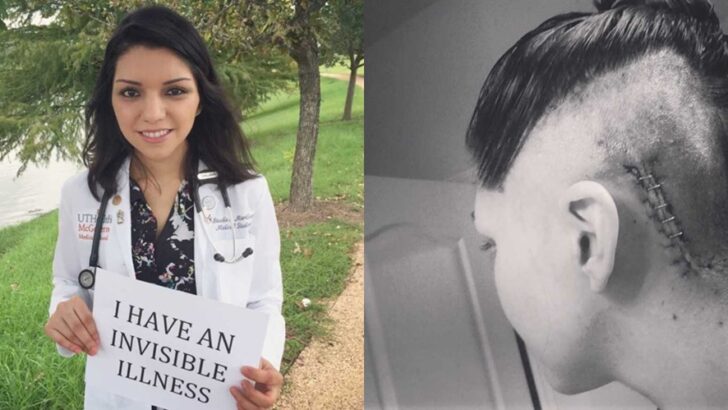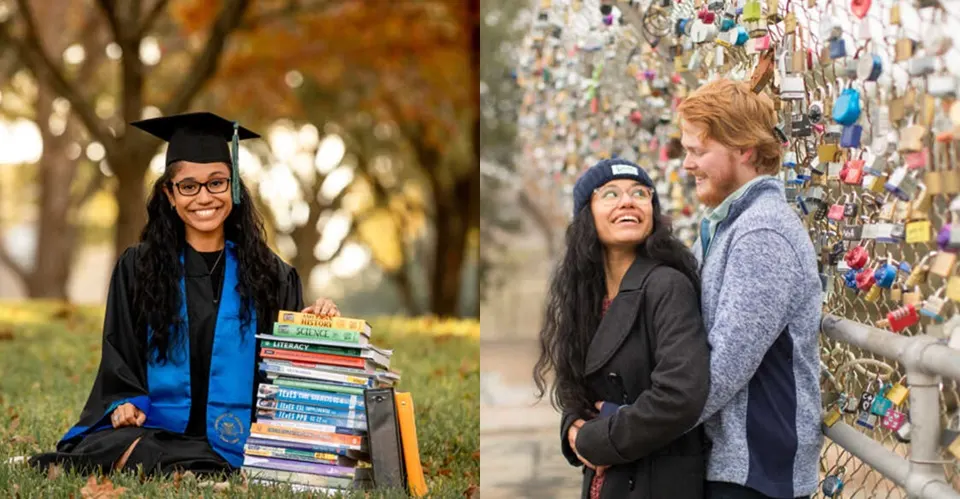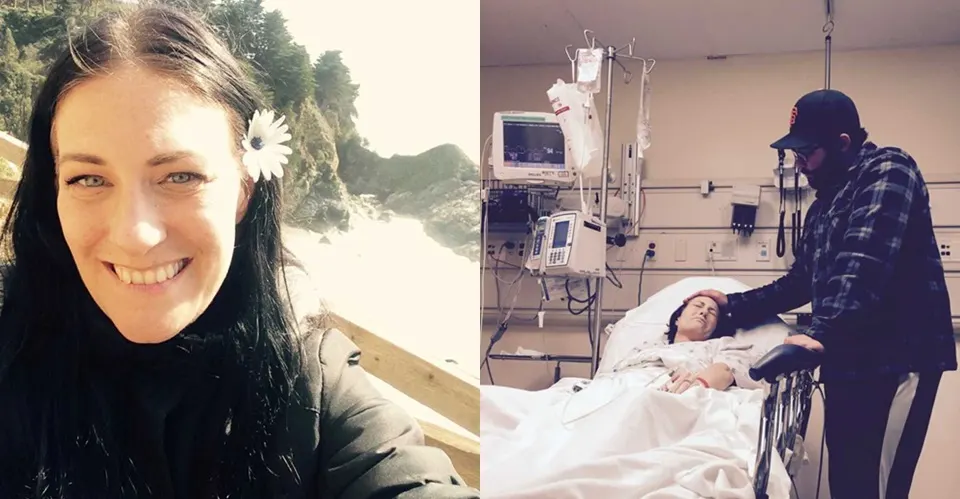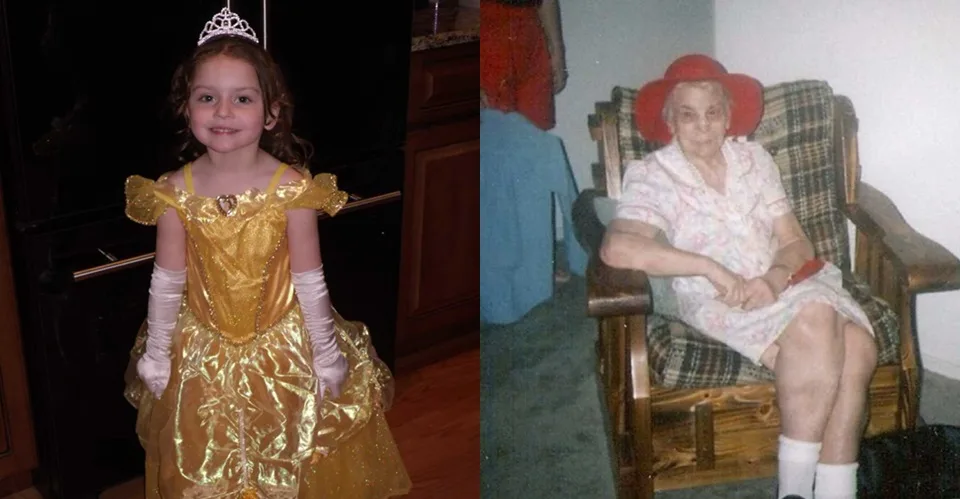Claudia Martinez never imagined she’d live her life connected to tubes and machines, her stomach feeding her through one and her heart through another. Yet here she was, alive because of them. She looked like a medical student in a crisp white coat to anyone passing by, but beneath that white coat lived a patient, a fighter.
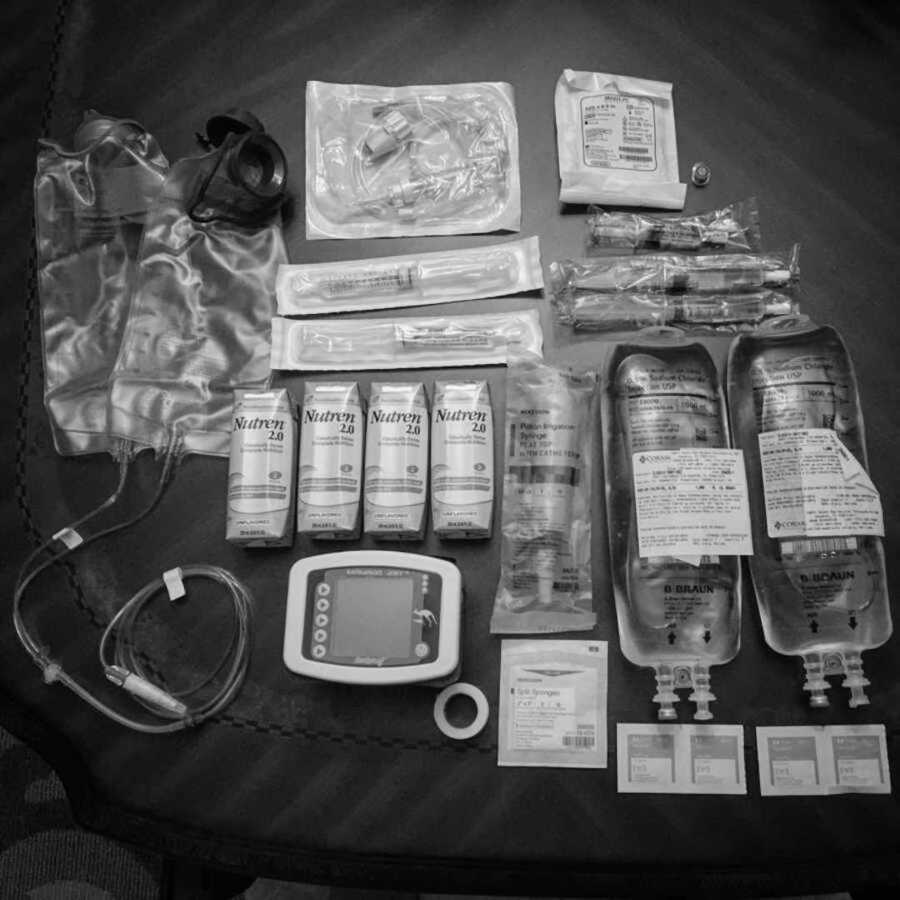
It started in 2011, when Claudia was just an undergraduate student chasing her dream of becoming a doctor. That year, she learned the words that would change her life forever: Chiari Malformation. It’s when part of the brain slips through the skull and presses against the brainstem. The words sounded clinical, distant, like something from a textbook, but they became her world. Soon after came another diagnosis, Syringomyelia, a cyst forming inside her spinal cord, one after another, her body collected medical terms like scars, hydrocephalus, trigeminal neuralgia, gastroparesis, tethered brainstem. While other students were memorizing anatomy, Claudia was living it.
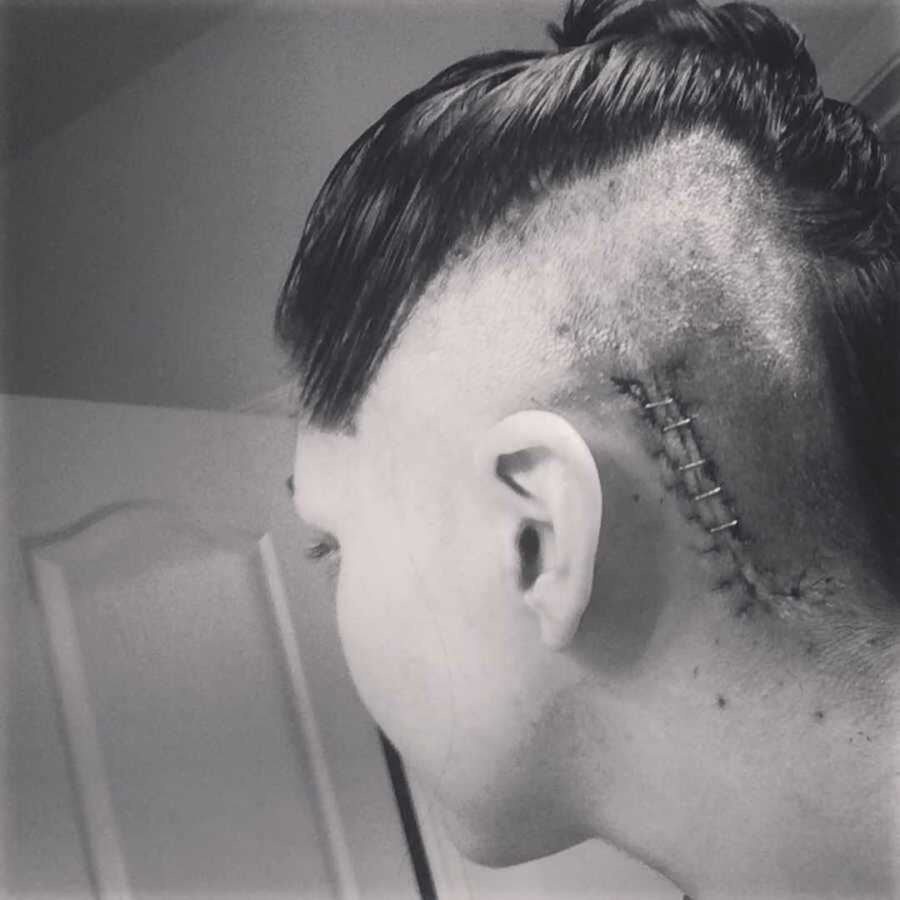
She went through six major brain surgeries. Then shunt surgeries, feeding tube surgeries, and port surgeries. Her life became a rotation of hospital beds, IV poles, and whispered prayers. Yet somehow, between all that, she stayed in school. That’s the thing about Claudia: she never waited for life to get easier; she learned to keep walking through the storm.
On February 6, 2017, everything changed again. Claudia entered the operating room as one person and came out as another. The surgery was experimental, meant to untether her brainstem, but it came at a cost. She suffered a stroke mid-procedure. When she woke up, she couldn’t move from the neck down. Her dreams of becoming a doctor seemed to slip through her fingers.
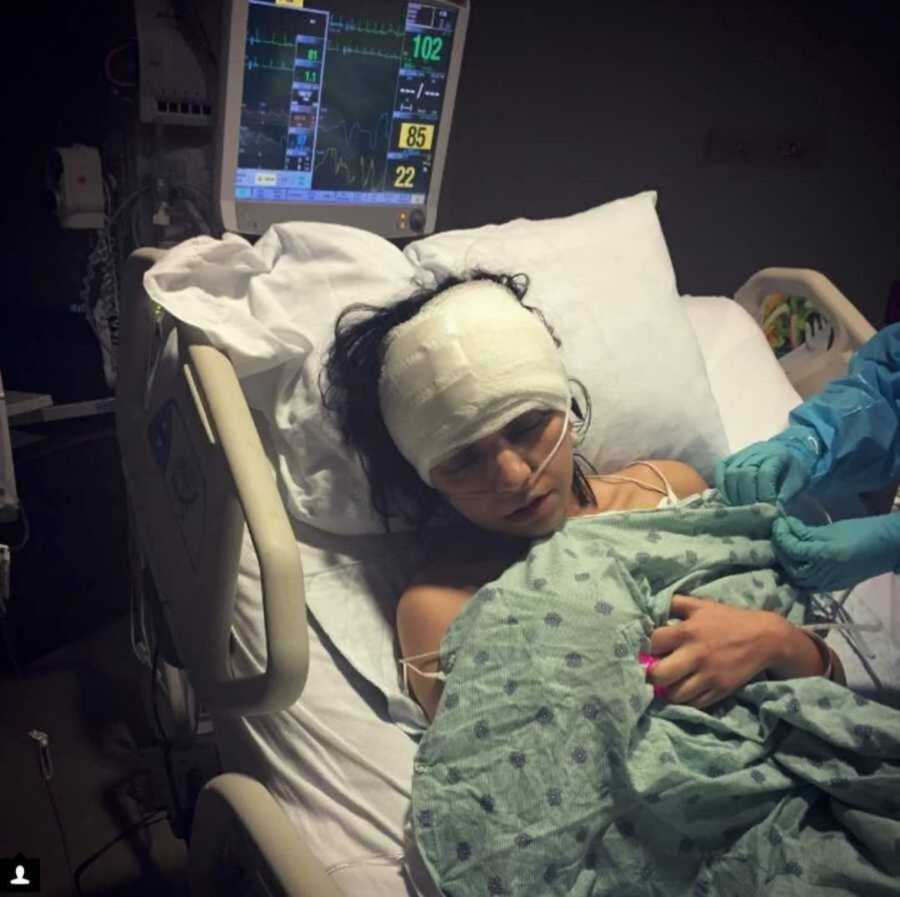
Still, she didn’t give up. She spent months in rehabilitation, fighting to sit, then stand, then take a single step. The REX robotic exoskeleton became her teacher, her partner in learning to walk again. Every small victory, lifting a finger, swallowing water, felt like a miracle. When asked about her goal, she didn’t say “to walk” or “to be cured.” She said, “I just want to go back to school. I want to take care of patients.”
Even in a hospital bed, she studied. Her mother played recorded lectures through earbuds, typed her essays, and turned pages for her when her hands couldn’t. They’d start before sunrise and continue after the nurses finished rounds. Movies, naps, rest, those could wait. She had a mission. Years passed, and she finally returned to medical school. On the outside, she looked like any other student, with a crisp white coat and a stethoscope around her neck. But her backpack carried more than books — it held IV fluids, feeding pumps, and medical supplies. Tubes connected her body to that bag, tethering her, a living reminder that beneath her white coat lived a patient.
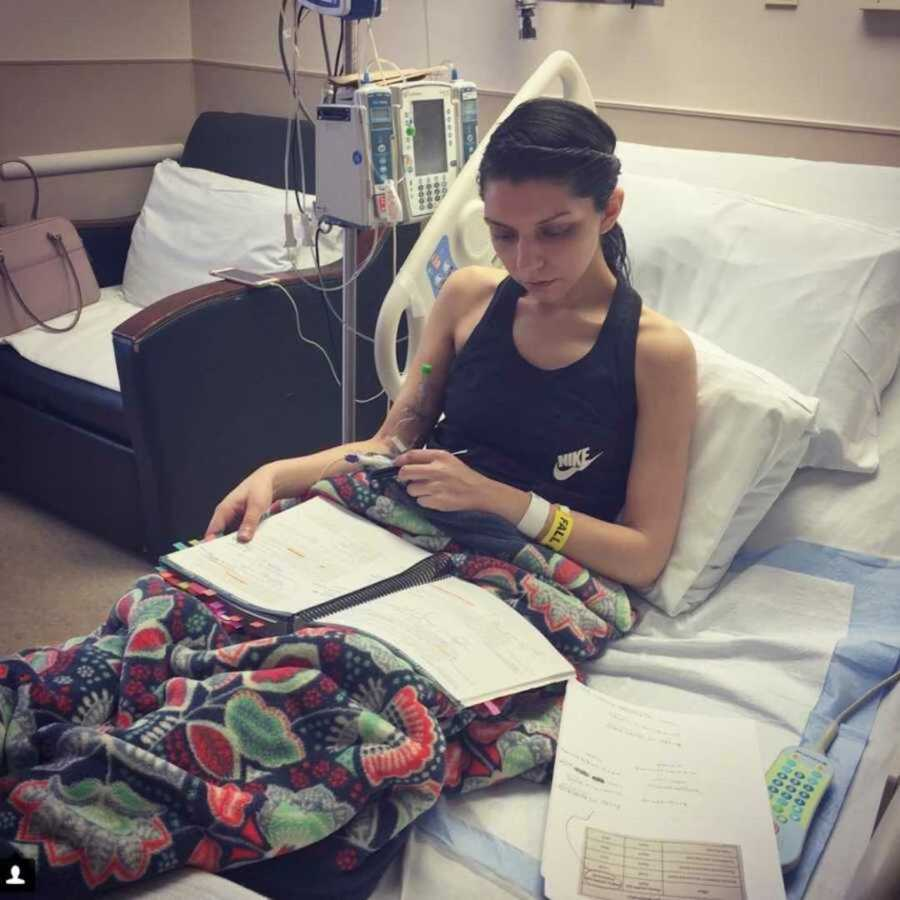
Doctors once told her to quit. Some said she’d never make it and couldn’t be a patient and a doctor. One neurologist told her, “You can’t care for a patient when you can’t lift your own legs.” But Claudia refused to believe that. She thought doctors with disabilities belonged in medicine just as much as anyone else. Over time, she became a voice for others — the ones sitting in hospital beds, dreaming of something more. She founded the Conquer Chiari 5k Walk in Houston, raising tens of thousands for research and awareness. She worked with groups like Fight Like A Warrior, creating spaces for people with invisible illnesses. She wanted others to know they weren’t alone, that strength can live in broken bodies.
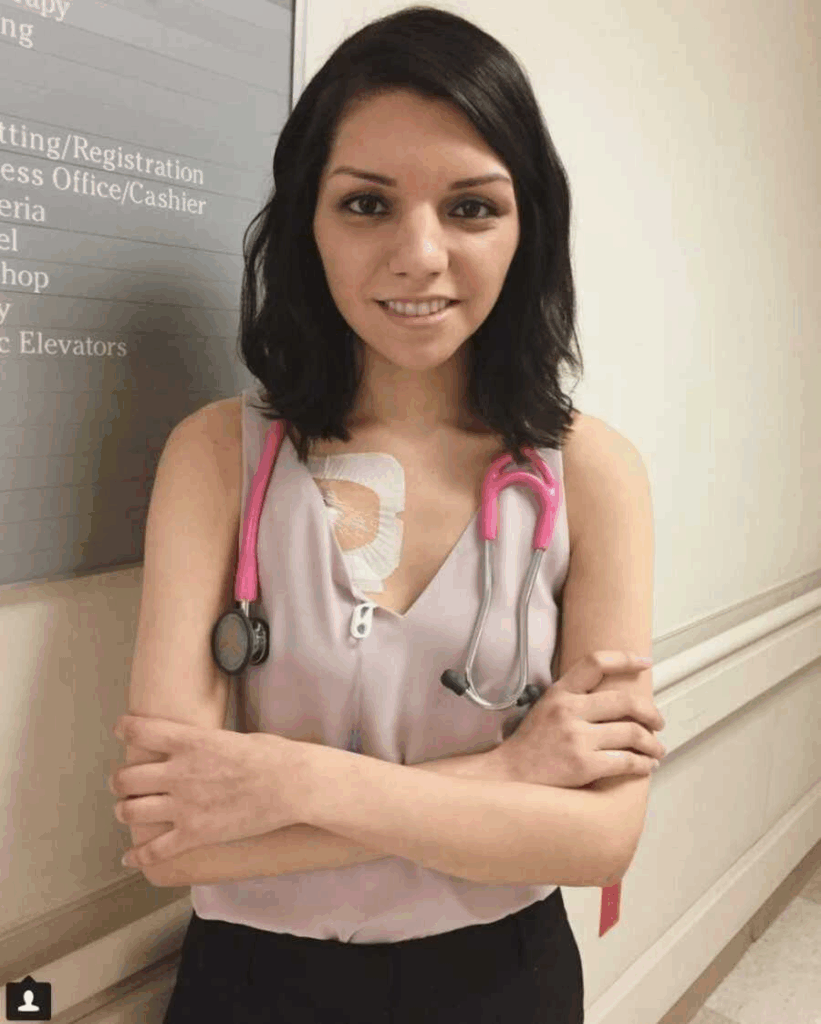
Claudia often says she doesn’t need to be cured. The world needs inclusion, patience, accessibility, and people willing to see beyond limitations. She is both doctor and patient, student and teacher, proof that healing isn’t always about being fixed. Sometimes, it’s about learning to live fully, imperfectly, beautifully, while still broken. She said, “Perhaps I’m not meant to be a normal doctor, but a bridge between the ones who heal and those who need healing.” And maybe that’s what the world truly needs, more doctors who remember what it feels like to be the patient beneath the white coat.

